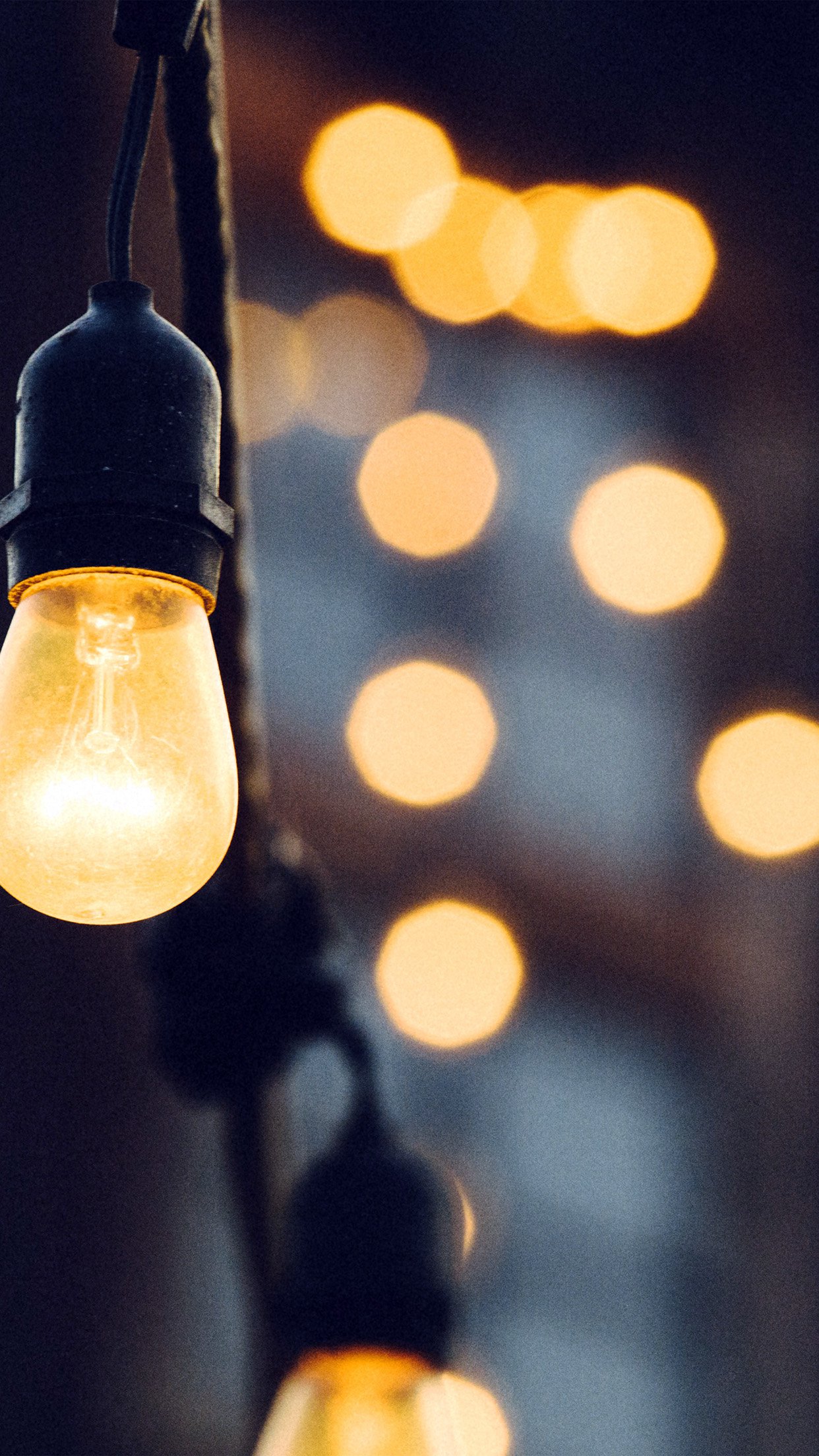How Do I Back Up My Mac
An option would have been to first partition the external drive using Apple's Disk Utility with two partitions: one for the Mac and one for Windows/PC. Then you could the same drive for both platforms.
However, that might not be best option. It would be best to dedicate an external drive exclusively to Time Machine. This would mean you would have to backup incrementally unless you have available ports that you can dedicate to each drive (depending on the external drive being either firewire or USB.) If you can dedicate a drive to a port, the Time Machine drive will back up per its settings automatically. Not sure what you're using to backup the Windows side.
Since you mention you have a MacBook Air, its uncertain how you're connecting as the Air has no USB or Firewire ports...
Select the “Back up your most important data on your device to iCloud” button to store backup data on iCloud and not on your Mac. Select the “Back up all of the data on your device to this Mac” to store backups on your Mac. Select the ““Encrypt local backup” checkbox to encrypt your backup data and protect it with a password. A local back up is literally taking a the data on your Mac and copying it to another drive in your home or office. Both copies are in the same place, so you can easily get to the back up when and if you need it, and either keep it up-to-date or restore from it if something bad happens to the original.
How Do I Back-up My Macbook Pro
- The easiest way to back up is to use Time Machine—which is built into your Mac—to back up your apps, accounts, preferences, music, photos, movies, and documents (it doesn’t back up the macOS operating system). Use Time Machine to back up to an external storage device connected to your MacBook Air, or to a supported network volume.
- Use Time Machine: After you set up Time Machine, it automatically backs up the files on your Mac. If you ever lose the files in your Photos library, you can restore them from the Time Machine backup. For more information about setting up Time Machine, see Back up your files with Time Machine.

How Do I Back-up My Mac Air
Sep 16, 2010 2:03 PM
Have you ever accidentally deleted a file or folder from your Mac that was very important to you, such as your genealogy data files or your Great American Novel in progress? It’s truly a painful experience. You can avoid that heartache with an inexpensive USB flash drive and a little preparation!
This process is a “down and dirty” backup because it doesn’t protect your entire system automatically, the way El Capitan’s built-in Time Machine backup system does. It’s much cheaper than buying an external 1TB USB hard drive, however, and no setup is involved. Computer owners have been using this simple trick ever since the invention of the floppy disk. If you do decide to use Time Machine, you’ll find complete instructions on setting things up in the El Capitan Help system. Remember, you need to buy an external USB or Thunderbolt hard drive to use Time Machine!

If you don’t already have a USB flash drive handy, drop by your local electronics or computer store and buy one. Make sure that the drive you choose is labeled as being compatible with Mac OS X and that it provides at least 32GB of storage capacity.
Then you can use your USB flash drive to back up your important files, as follows:
- Plug the drive into your Mac’s USB port.
The drive should appear on your Desktop and in the Devices section on the left side of any Finder window. - Drag the files you want to back up to the USB drive icon in either location.
You can drag one file at a time or an entire folder’s worth of files.
With a “down and dirty” backup, you’re copying only those files that you absolutely can’t afford to lose. - When you’re done copying files, eject the flash drive by right-clicking the flash drive’s icon and choosing Eject from the pop-up menu.
Store that drive in a safe location. Repeat the process again as necessary to “freshen” your backup files.
Restoring a file is as easy as plugging in the flash drive and copying the files back to your Mac’s hard drive.
Have you created an Apple ID/iCloud account? If so, it’s also possible to back up those same essential files to your iCloud Drive instead of a USB flash drive. Instead of dragging the files to an external drive, drag them to the iCloud Drive entry at the left side of the Finder window. There are two caveats with iCloud Drive storage: first, there’s a set limit to the total capacity of your iCloud Drive (typically less than 5GB). Also, if you’re unable to log in to your iCloud account — either on your Mac or another person’s Mac — you can’t access those files.